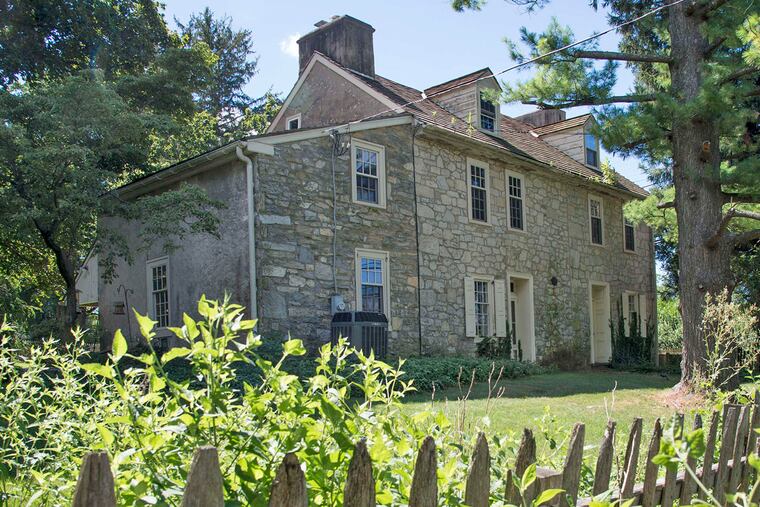Companies congregate here, drawing buyers
One in a continuing series spotlighting real estate markets in the region's communities. It's high time we headed over to East Whiteland for a visit.

One in a continuing series spotlighting real estate markets in the region's communities.
It's high time we headed over to East Whiteland for a visit.
After all, without this 11-square-mile Chester County community, a good many folks in this region would be unemployed.
There are so many corporate headquarters in East Whiteland that every weekday, between 9 a.m. and 5 p.m., the township's population of 10,650 increases by more than 23,000.
Those companies include Cerner Corp. (formally Siemens Health Services), Vishay, Endo Pharmaceuticals, Ellucian Higher Education, Janssen Biotech (formerly Centocor), and Acme Markets.
Think Great Valley Corporate Center, five million square feet of office and research-and-development space on 700 acres - Liberty Property Trust's largest domestic suburban project.
Immaculata University, Drexel University's LeBow College of Business, and Penn State's School of Graduate Professional Studies all have campuses within East Whiteland's limits.
What does this mean for residential real estate?
The presence of a large commercial base means that the property taxes in East Whiteland are lower than in other, less diverse communities, says John Duffy, president of Duffy Real Estate in Narberth and St. Davids.
For the housing market, it means considerable activity, Duffy says.
"There are a lot of sales right now," he says. "There are 82 active listings, 70 homes settled in the first six months of 2016, and there are 24 pending sales" - those under contract and ready to go to closing.
East Whiteland is very attractive to people relocating to this area to work at those corporate headquarters and universities, as well as young professionals moving from Philadelphia who "pass by the eastern Main Line, looking for larger homes at lower prices," Duffy says.
The majority of houses here were built post-World War II, even though East Whiteland meets all the historic criteria of this part of Chester County: settled by Welsh farmers on land given to them by William Penn; connected to the American Revolution (Washington and his men camped here while waiting to take on British Gen. Sir William Howe in September 1777).
There's Gunkle Spring Mill, which at its peak operated 18 hours a day. And Lapp Log House, built in 1700, remains a residence and is owned by the Chester County Historical Society.
"There are a mix of townhouses and single-family detached houses on large acreage," Duffy says.
If you don't work in East Whiteland, it's still convenient to other employment centers - Philadelphia, Wilmington and West Chester.
"Routes 29, 30, 401 and 202 intersect the township and [there is] a new 'all electronic' interchange with the Pennsylvania Turnpike at Route 29," the community's website says.
Although SEPTA's Paoli-Thorndale and Amtrak trains rumble along the tracks through the township, commuters must travel to the Regional Rail station in Malvern and to Paoli for Amtrak.
In the first six months of 2016, the average sale price of a house in East Whiteland was $425,300, Duffy says.
"Buyers typically look here for prices under $500,000, and the housing stock is so diverse that it is easy to do," he says. "There is great value here, especially with the low taxes and the Great Valley School District.
"A lot of relos want to be in this area, living on small cul-de-sacs and near parks and walking trails that crisscross the township," Duffy says.
Among the active listings, prices range from $135,000 to $1.225 million, he says, with 51 average days on market.
Newly constructed homes are available, of course, but most of the builders are younger and their companies and developments smaller than the big names, Duffy says.
"In fact, when I'm asked by agents if I know anything about these builders, I have to call them," he says.
East Whiteland was sparsely populated until the early 1960s, and then houses began to grow in what had been fields, Duffy says.
In the decade of the 1960s, the local population grew 191 percent, he says.
"It is a well-run township that cooperates with those around it, is convenient to everything, has a top school district and low taxes," he says.
"Who can ask for more?"
215-854-2472
@alheavens